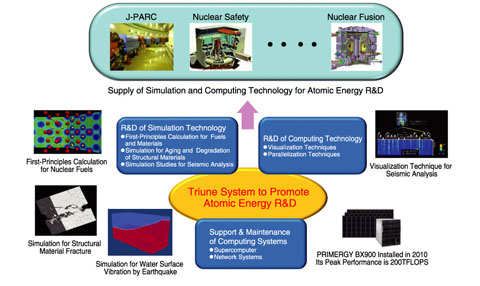
Fig.10-1 Relationship between advanced computing and simulation technology and the present atomic energy research
Recently, computational science has been recognized as the third methodology, after theoretical and experimental methodologies, and its popularity has increased considerably. For example, the fastest supercomputer in the world, Kei, has been developed. The Center for Computational Science and e-Systems (CCSE) is engaged in the support and maintenance of a supercomputer installed in 2010 and promotes the research and development (R&D) of computing and simulation techniques in the field of atomic energy (Fig.10-1).
Since the main active areas in atomic-energy research are aging management of light-water reactors, establishment of a nuclear fuel cycle, and seismic analysis, we select our R&D areas from these areas and try to resolve various problems via simulations.
In aging management, the R&D objective is to clarify the degradation mechanism and predict the aging process. Toward this end, we utilize first-principles calculations and molecular dynamics for quantum mechanical and atomistic level analyses, respectively, and obtain fundamental data to perform meso- and macroscale fracture simulations. The study is presented in Topic 10-1, and the result of first-principles calculations performed for constructing an atomistic model is shown.
In the area of establishment of a nuclear fuel cycle, a key task is to obtain the material properties of fuel compounds, including minor actinides. However, experiments for determining such properties are costly and difficult to perform. This area is discussed in Topic 10-2, where a successful R&D result pertaining to the prediction of material properties of plutonium dioxide is presented. This is the first step toward the computational design of fuel materials.
In the area of seismic analysis, since a large earthquake may lead to radioactive water overflow from a spent fuel storage pool and to damage to the pool and structures connected to the pool by increasing the water pressure, a model to precisely analyze turbulence near the water surface and wall is highly desirable. This area is discussed in Topic 10-4, a successful R&D result that reproduces experimental results of previous studies has been obtained.
With regard to the R&D of computational techniques, we support the effective use of state-of-the-art techniques for research on various aspects of atomic energy inside and outside the Japan Atomic Energy Agency (JAEA). One example is the improvement of the handling of large-scale data by using the latest visualization technique. Topic 10-3 presents the new technique, which is used to visually detect the part of a structure that is selectively stressed by an earthquake and to easily determine the relationship between the seismic wave amplitude and stress variation.